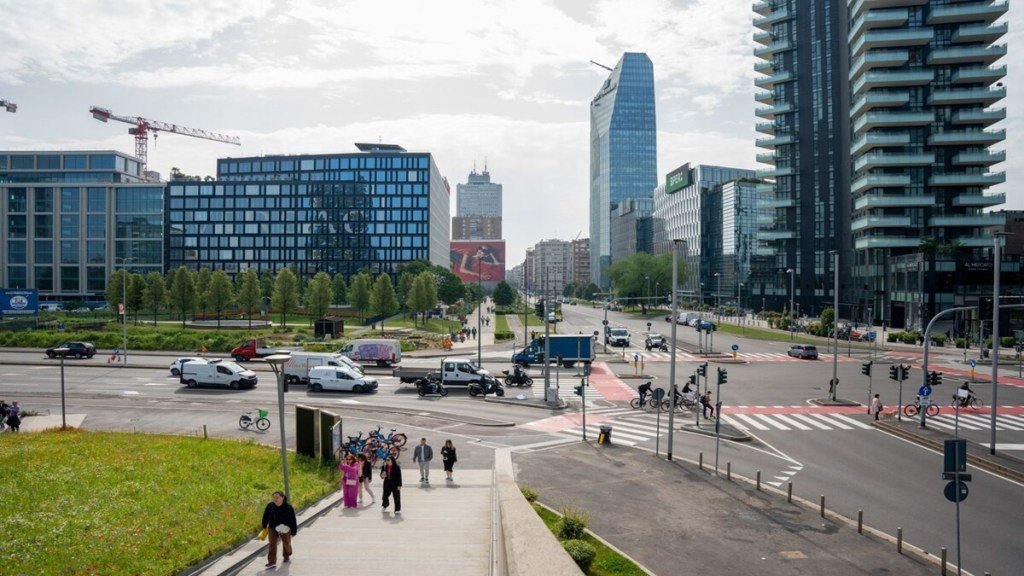
Italy is planning to significantly expand its legal pathways for foreign workers over the next few years, announcing that it will issue around 500,000 additional work permits for non-EU nationals between 2026 and 2028. The move is aimed at addressing persistent labor shortages across various sectors.
To work in Italy as a foreign employee, individuals must first obtain a visa and official authorization for employment before arriving in the country. Once in Italy, they are required to apply for a residence permit within eight days. Visa fees for entering Italy, excluding standard Schengen visas, are generally €116. The residence permit costs vary depending on the length of stay—€40 for permits between 3 and 12 months, €50 for those lasting between 12 and 24 months, and €100 for long-term stays, including highly-skilled workers and intra-company transfers.
Long-term residence status can be granted after five years of continuous and legal stay, provided the individual can demonstrate adequate financial resources and secure housing.
This increase in work permits forms part of Italy’s broader plan to promote legal migration while managing population challenges. The government aims to approve 164,850 new work entries in the upcoming year, with a target of nearly 500,000 by the end of 2028. This follows earlier efforts by the current administration, which granted over 450,000 work visas between 2023 and 2025.
Since taking office, the current government has combined policies supporting legal labor migration with strict measures against irregular immigration, including faster deportations and restrictions on rescue operations in the Mediterranean Sea.
Authorities have said the new quotas reflect feedback from labor unions and employers, as well as the trends observed in past applications. The intent is to align migration flows with the real needs of the labor market while keeping the numbers manageable.
Italy faces growing demographic concerns, including a shrinking and aging population. In 2024 alone, the population fell by 37,000 to just under 59 million. Deaths have outnumbered births for a decade, with over 280,000 more deaths than births last year. A study from Osservatorio Conti Pubblici suggests that Italy will need to welcome at least 10 million immigrants by 2050 to maintain its current population levels and economic stability.
At the same time, Italy has updated its citizenship rules, particularly affecting those seeking to claim Italian nationality through ancestral ties. Previously, individuals could qualify for citizenship through a great-grandparent or even further back, provided the ancestor lived after the unification of Italy in 1861. However, new changes have tightened eligibility criteria for descendants of Italian emigrants, potentially impacting millions hoping to reconnect with their heritage through citizenship.




















